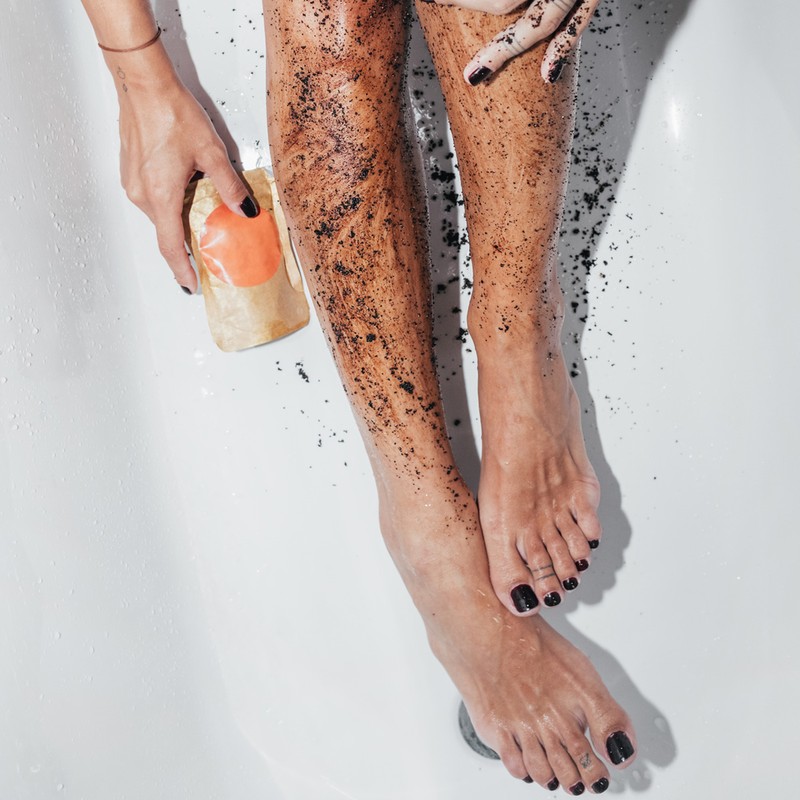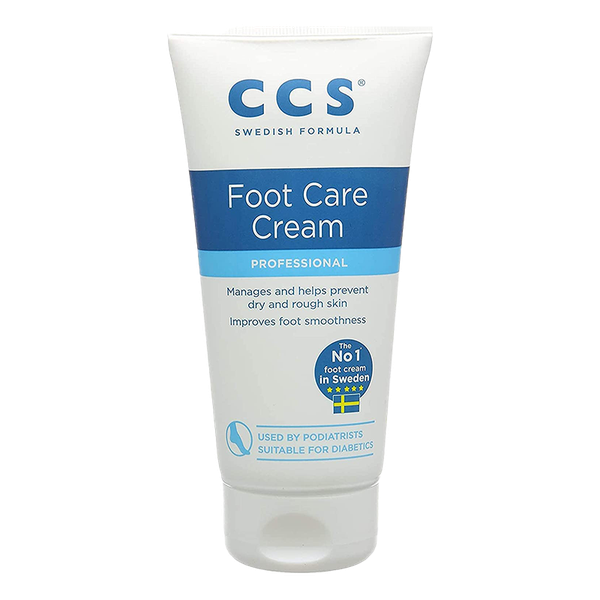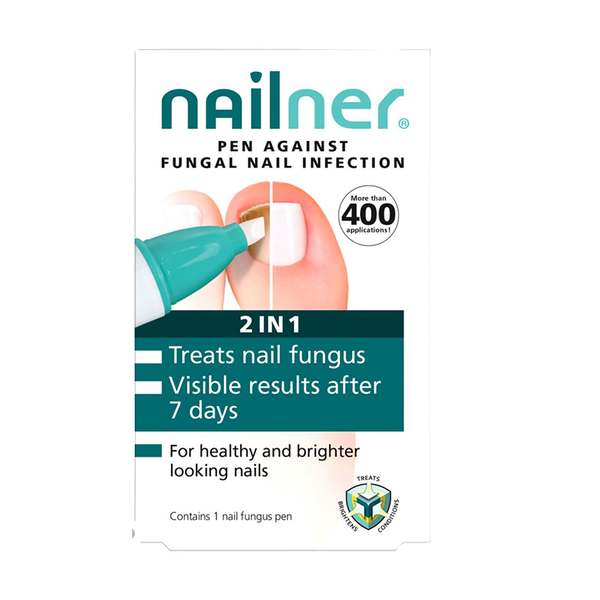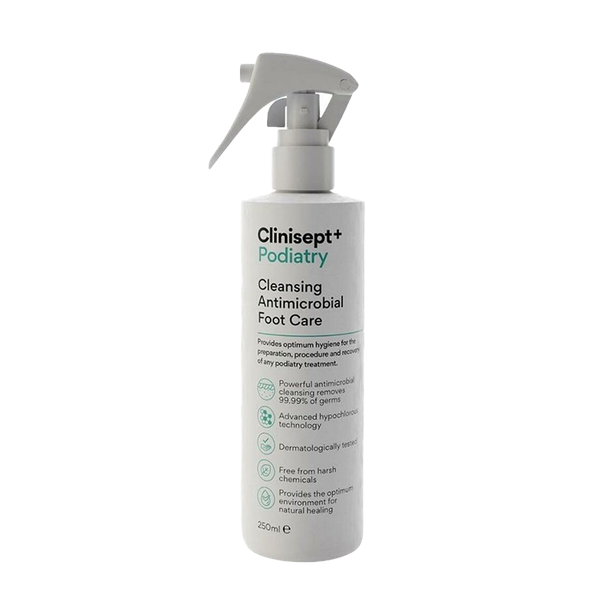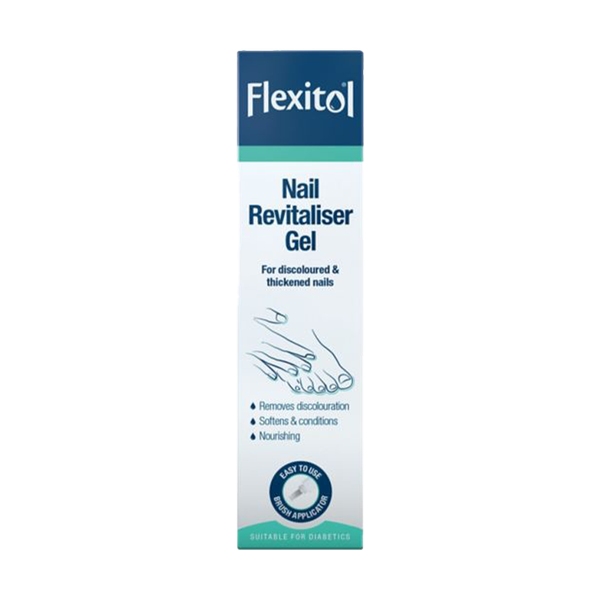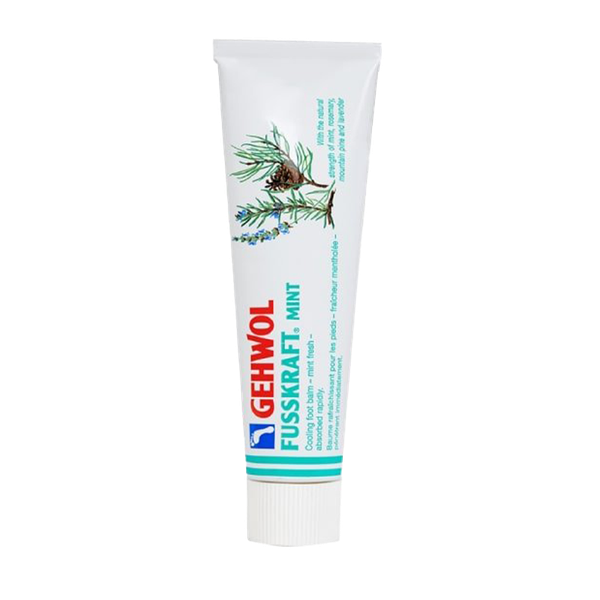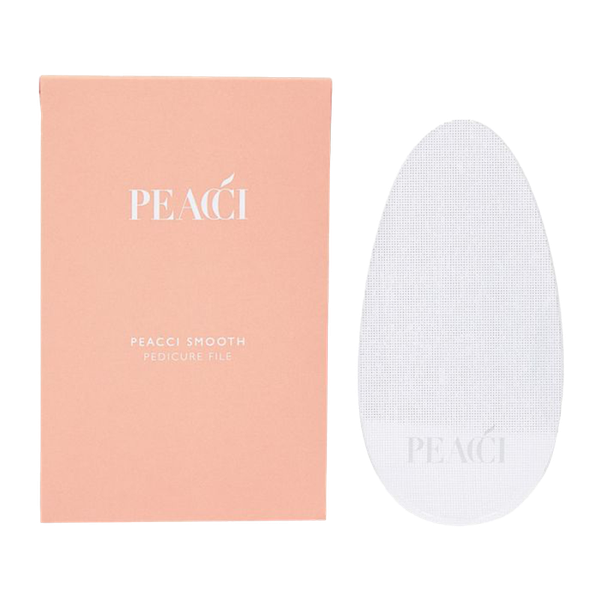A Podiatrist’s Rules For Healthy Feet
Don’t Wear Shoes Without Socks
“Your feet have more than 250,000 sweat glands, which can create the perfect environment for nail fungus. Avoid wearing trainers in the summer without socks – if you don’t, your feet will struggle to regulate their temperature. Ideally, choose socks made from moisture-wicking and breathable materials to absorb sweat and keep your feet dry in your shoes. If you notice a small portion of your toenail is discoloured, this is a sign of a fungal infection. This discolouration can appear white, yellow or even darker brown, and the nail may become brittle, chalky and can break easily. Nail fungus only gets worse over time and is contagious, so it’s always best to get it treated at soon as possible. For at-home treatment, Nailner is a great option.” – Dina Gohil, podiatrist
Approach Summer Sandals With Caution
“Sandals that have a solid foot bed and support the midfoot with ankle straps and a rubber sole are the gold standard – they will support your feet while you are walking. Avoid wearing sandals that are completely flat with no structure. The danger of wearing sandals with no support is that they put strain on the anatomy of your feet and can affect the body higher up, too. Flat sandals put pressure on the balls of your feet, making them work harder, which can lead to pain. When the midfoot gets little to no support, long-term effects include straining, tearing and conditions such as plantar fasciitis, which is commonly recognised as heel pain.” – Dina
Have A Weekly & Monthly Plan
“Get into the habit of checking your toenails every week, cutting or filing them as needed. Remember that before trimming your toenails, you should soak your feet in warm water for ten minutes. This softens the nails, allowing them to be trimmed more easily with nail clippers. When using clippers, cut straight across the nail using small cuts, which will prevent the nail from becoming ingrown. On a monthly basis, file down hard bits of skin on the foot. Feet that aren’t filed regularly will eventually suffer from a build-up of dead skin, resulting in calluses or cracked and dry areas, usually on the balls of the feet and heel. Although not dangerous, this is unsightly and can be painful if the skin cracks.” – Marion Yau, podiatrist at The Harley Medical Foot & Nail Laser Clinic
Use A Glass File
“Everyone can benefit from keeping their nails short, cutting them straight and smoothing the corners with a glass nail file. Glass nails are superior because of their smooth, lateral edge that allows you to file the corner of the nail without damaging or irritating the surrounding skin.” – Christophe Champs, founder of Podo Clinic
Let Your Nails Breathe
“Bear in mind that nails are made of keratin, just like your skin. Toenails need to breathe and are affected by chemicals found in nail polishes. A nail under gel or shellac for weeks will turn white and a nail painted over and over will turn yellow. If you can give your nails a break from time to time, do. Buff your nails, exfoliate the nail plate, and let them breathe. Also bear in mind that nail polish remover can be very chemical laden, so keep an eye on this and find toxin-free alternatives.” – Christophe
Invest In A Foot-Specific Cream
“The skin under your feet is seven times thicker than the skin on your face, and four times thicker than the skin on your body, so it makes sense to use a specific moisturiser. We all know the benefits of regularly exfoliating our body, but many of us forget to extend this to the feet and toenails, too. A good foot scrub will also help prepare the skin to receive cream. How often to moisturise will depend on the dryness of your skin and whether you have regular pedicures, or not. Révérence de Bastien is a great brand – the balm, scrub, talcum powder and nail file all get my vote. Just avoid applying cream between your toes to avoid athlete’s foot.” – Christophe
Stick To Chunkier Heels
“A bit of a heel can be helpful to naturally structure the foot from the intrinsic muscles (i.e. muscles that start and end within the foot) but it’s not so good for the calves and Achilles tendon, which can shorten if you don’t stretch regularly. If a heel is higher than two inches (5cm), your bodyweight shifts forward, and the forefoot becomes the sole supporter of your bodyweight. That’s why your toes curl up when wearing higher heels, as they use their structure to offload the extra pressure applied to the ball of the foot. Opt for a chunky heel – stilettos make the foot unstable. Chunky heels provide a proper step for your heel bone to rest on, rather than a wedge that pushes you onto your toes.” – Christophe
Pack An Extra Pair Of Socks
“If you struggle with foot odour, keep an eye on it – it can be the result of a medical condition that requires specific treatment. However, everyone would benefit from treating their shoes well at the end of the day – put an oak shoe tree or some paper in to absorb humidity. The skin itself needs breathing and proper drying. If you have a long shift on your feet or are out all day with hot feet, nothing beats having a spare pair of socks with you. And don’t discount talcum powder – it may feel old-school but it’s a game-changer when it comes to keeping feet fresh and dry.” – Christophe
Get Professional Advice
“Regular pedicures will keep your feet in good condition, but hard skin, toe deformities, a tendency to slip, trip or fall, and any pain that increases with a long-standing walk or run warrants advice from a podiatrist. Remember, your feet are your foundation and account for a quarter of your skeleton (56 out of 224 bones), and everyone can benefit from seeing a podiatrist.” – Christophe
For more information, visit Podo.London, DGPodiatrist.com & FootClinicLondon.co.uk
Shop Our Product Edit
DISCLAIMER: Features published by SheerLuxe are not intended to treat, diagnose, cure or prevent any disease. Always seek the advice of your GP or another qualified healthcare provider for any questions you have regarding a medical condition, and before undertaking any diet, exercise or other health-related programme.
DISCLAIMER: We endeavour to always credit the correct original source of every image we use. If you think a credit may be incorrect, please contact us at info@sheerluxe.com.
